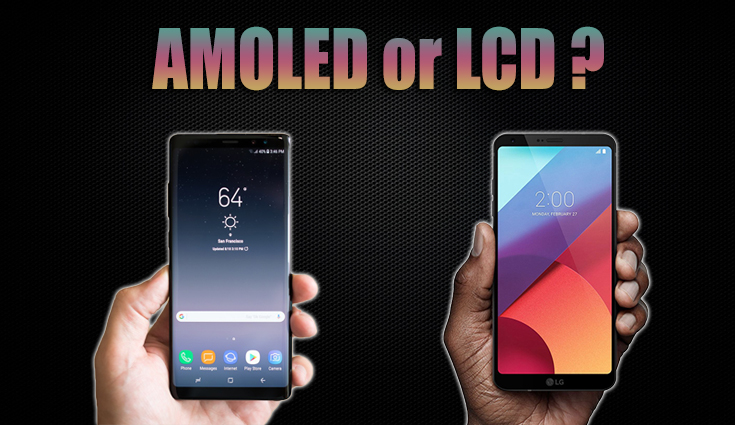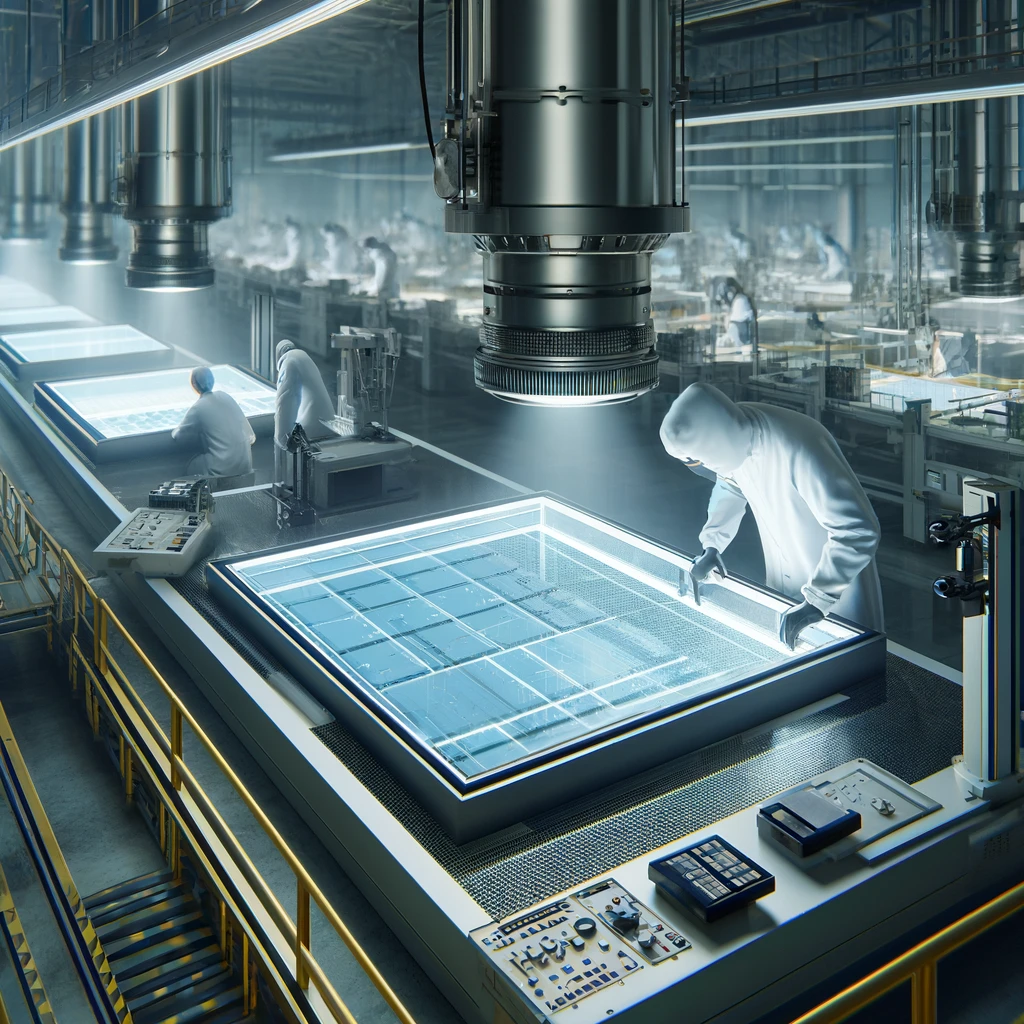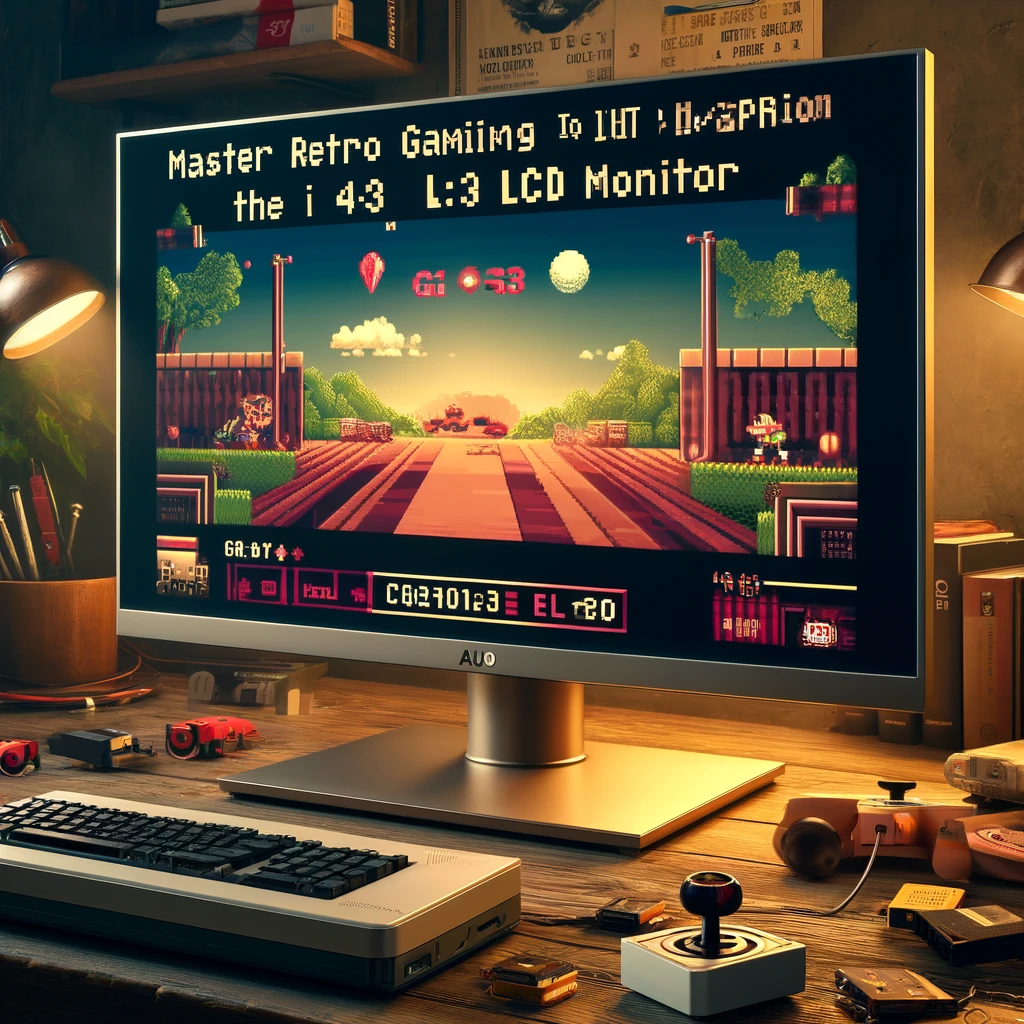Introduction
When it comes to choosing a display for your smartphone, laptop, or television, you might be wondering which technology is better: AMOLED or LCD? Both are popular display technologies used in electronic devices, and each has its own strengths and weaknesses. In this article, we'll dive deep into the differences between AMOLED and LCD displays and help you decide which one is the better display for your needs.

What is AMOLED?
Active Matrix Organic Light Emitting Diode (AMOLED) is a display technology that uses organic compounds to create light when electricity is applied. This technology uses a thin-film transistor (TFT) to control each pixel and has better contrast and black levels than traditional LCD displays. AMOLED displays have the ability to turn off individual pixels, resulting in deeper blacks and better energy efficiency.
Pros of AMOLED
AMOLED displays have several advantages over LCD displays. Firstly, they have better contrast ratios, resulting in deeper blacks and brighter whites. Secondly, they have a faster response time, which is important for displaying fast-moving content like videos and games. Thirdly, AMOLED displays are thinner and lighter than LCD displays, making them ideal for smartphones and other portable devices. Finally, AMOLED displays have better energy efficiency because they can turn off individual pixels when displaying darker content.
Cons of AMOLED
AMOLED displays also have some drawbacks compared to LCD displays. Firstly, they are more expensive to produce, which can result in higher prices for devices that use them. Secondly, AMOLED displays are more prone to burn-in, which occurs when a static image is displayed for a long period of time, resulting in a permanent ghost image on the screen. Thirdly, AMOLED displays are not as bright as LCD displays, which can be a problem when using your device in bright sunlight.
What is LCD?
Liquid Crystal Display (LCD) is a display technology that uses liquid crystals to create images on a screen. LCD displays use a backlight to illuminate the screen and require a separate TFT to control each pixel. This technology has been around for a long time and is widely used in electronic devices.
Pros of LCD
LCD displays have several advantages over AMOLED displays. Firstly, they are less expensive to produce, resulting in lower prices for devices that use them. Secondly, LCD displays are less prone to burn-in, making them better suited for displaying static images for long periods of time. Thirdly, LCD displays are brighter than AMOLED displays, making them easier to use in bright sunlight.
Cons of LCD
LCD displays also have some drawbacks compared to AMOLED displays. Firstly, they have a lower contrast ratio, resulting in less vivid colors and blacks that are not as deep. Secondly, LCD displays have a slower response time, which can result in motion blur when displaying fast-moving content. Thirdly, LCD displays are thicker and heavier than AMOLED displays, which can be a problem for portable devices.
Which is the better display?
The answer to this question depends on your specific needs and preferences. If you value deeper blacks, better contrast ratios, and faster response times, then AMOLED displays are the way to go. If you prioritize brighter displays, lower prices, and less risk of burn-in, then LCD displays are the better option.









